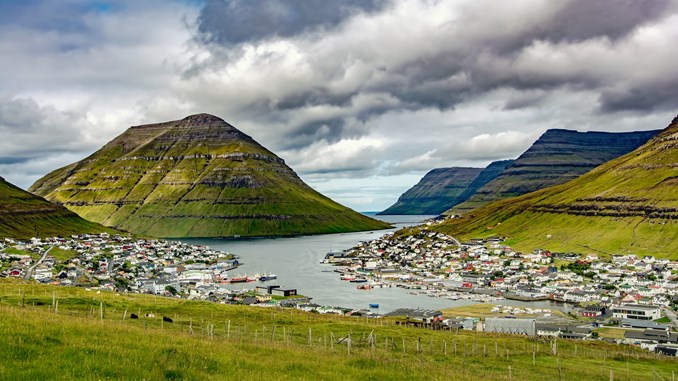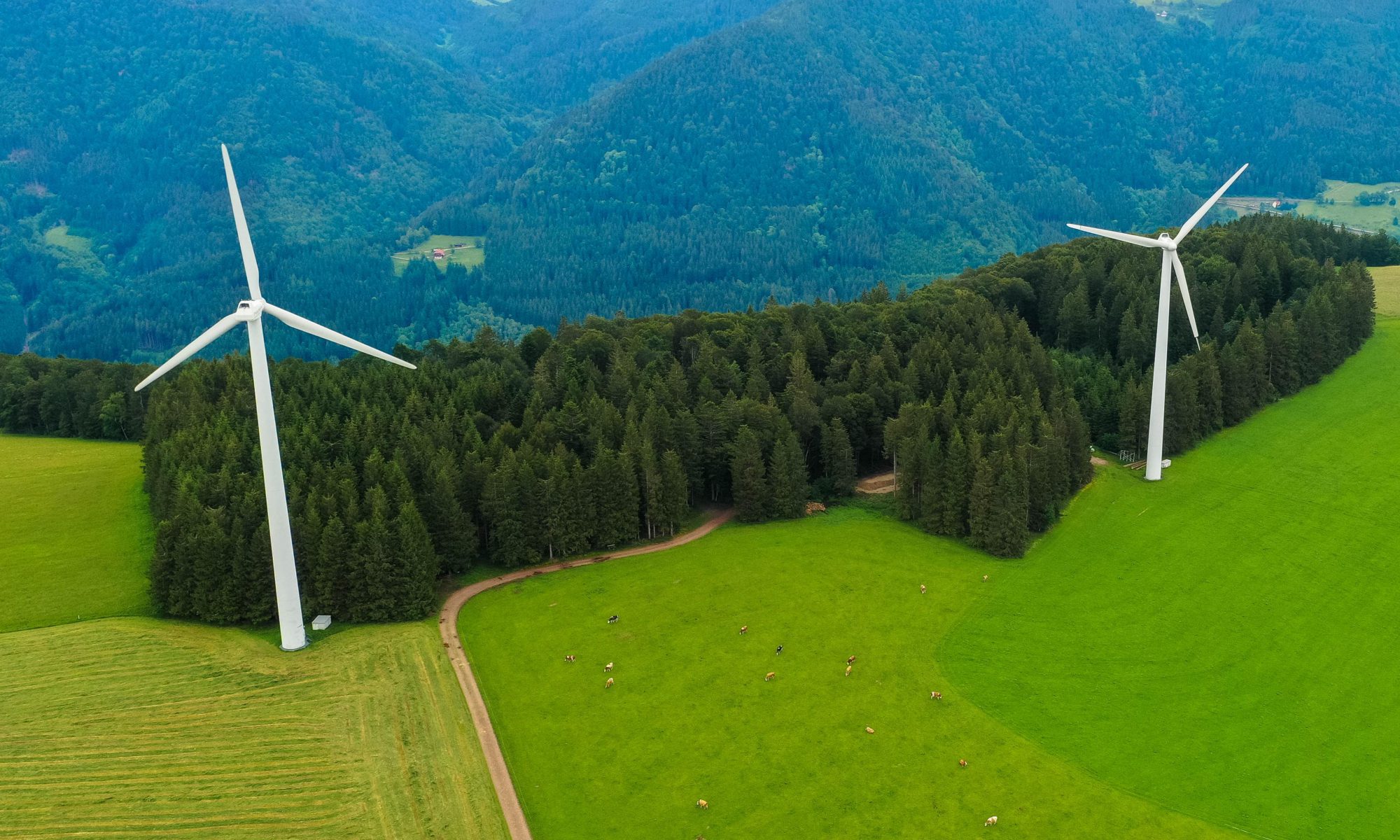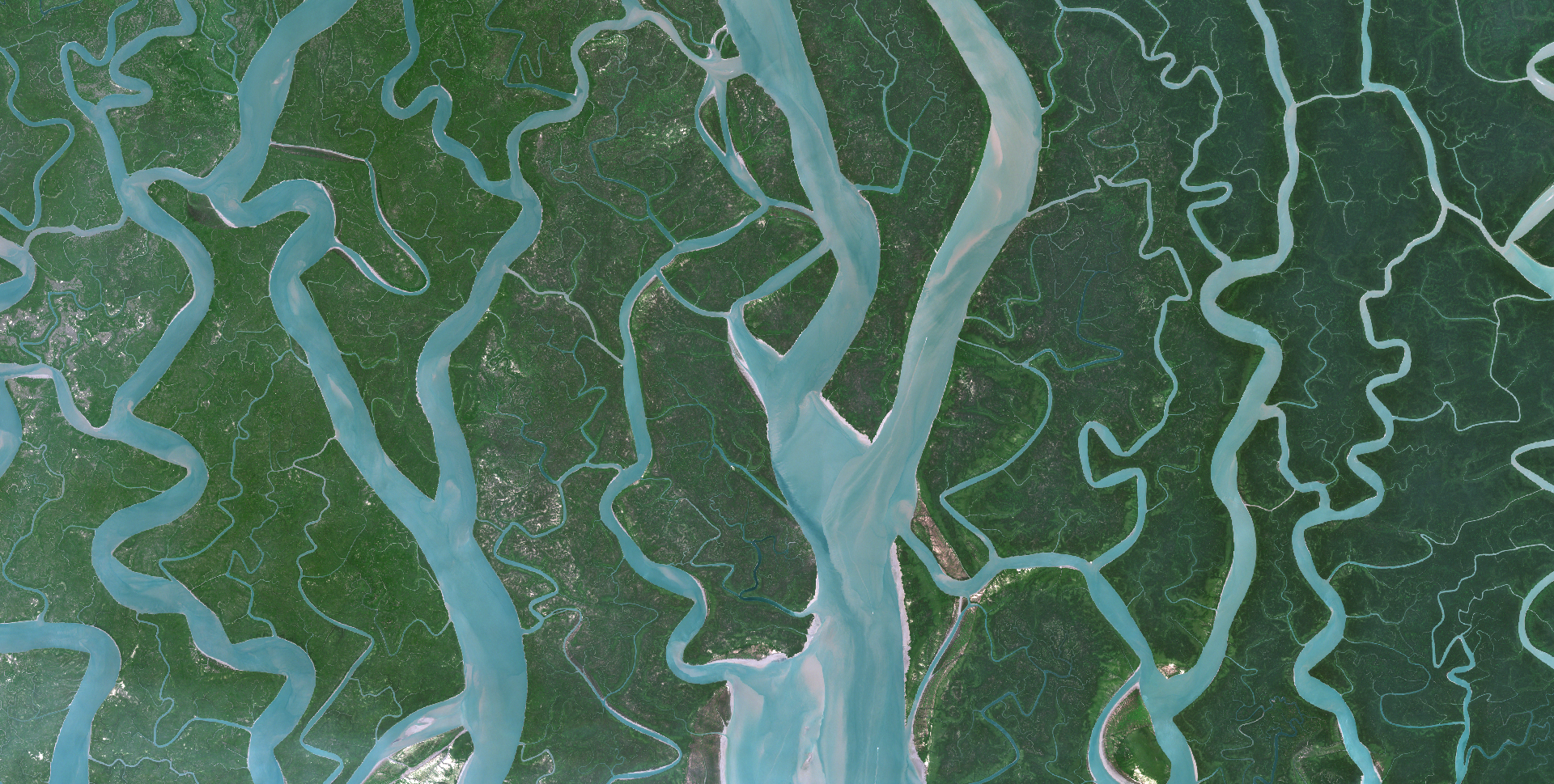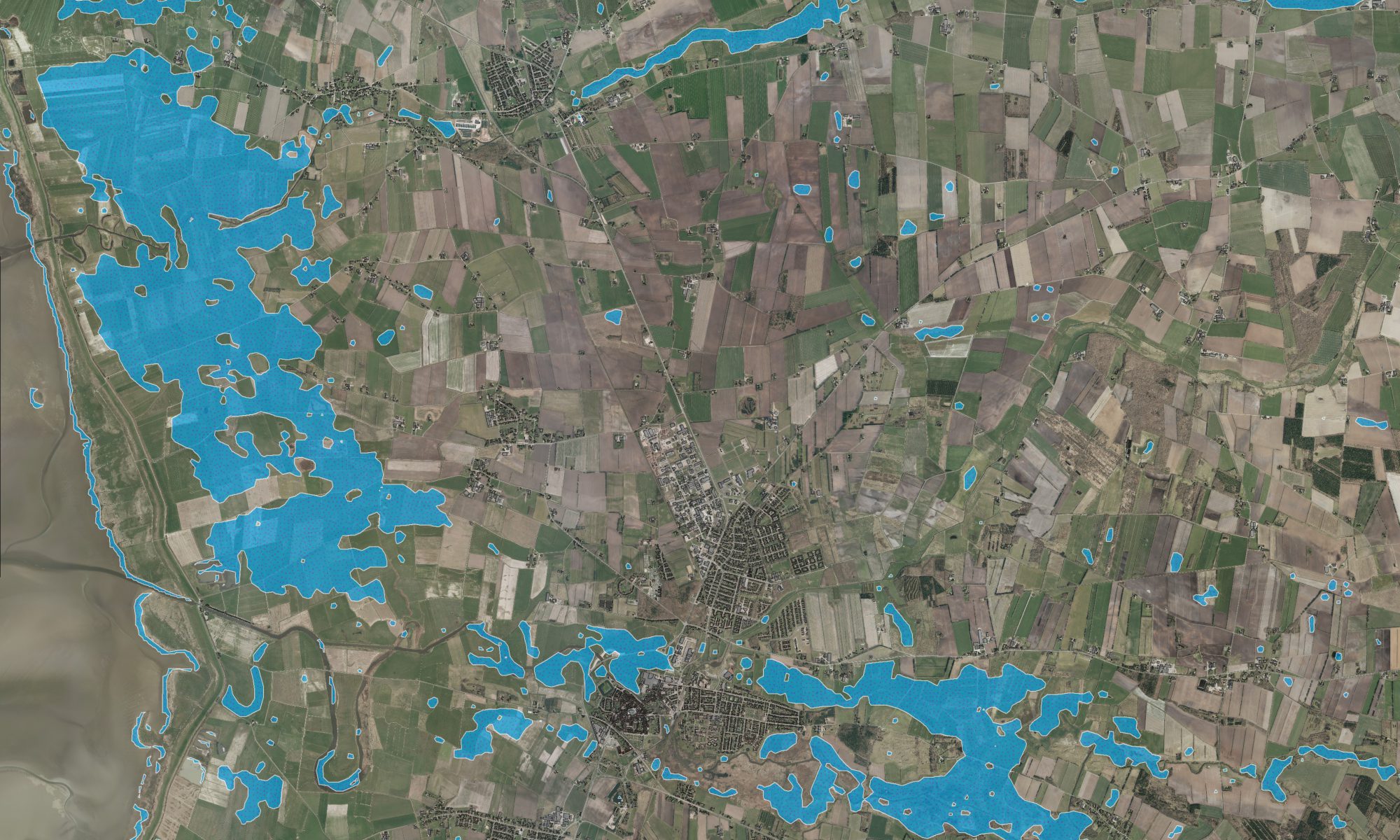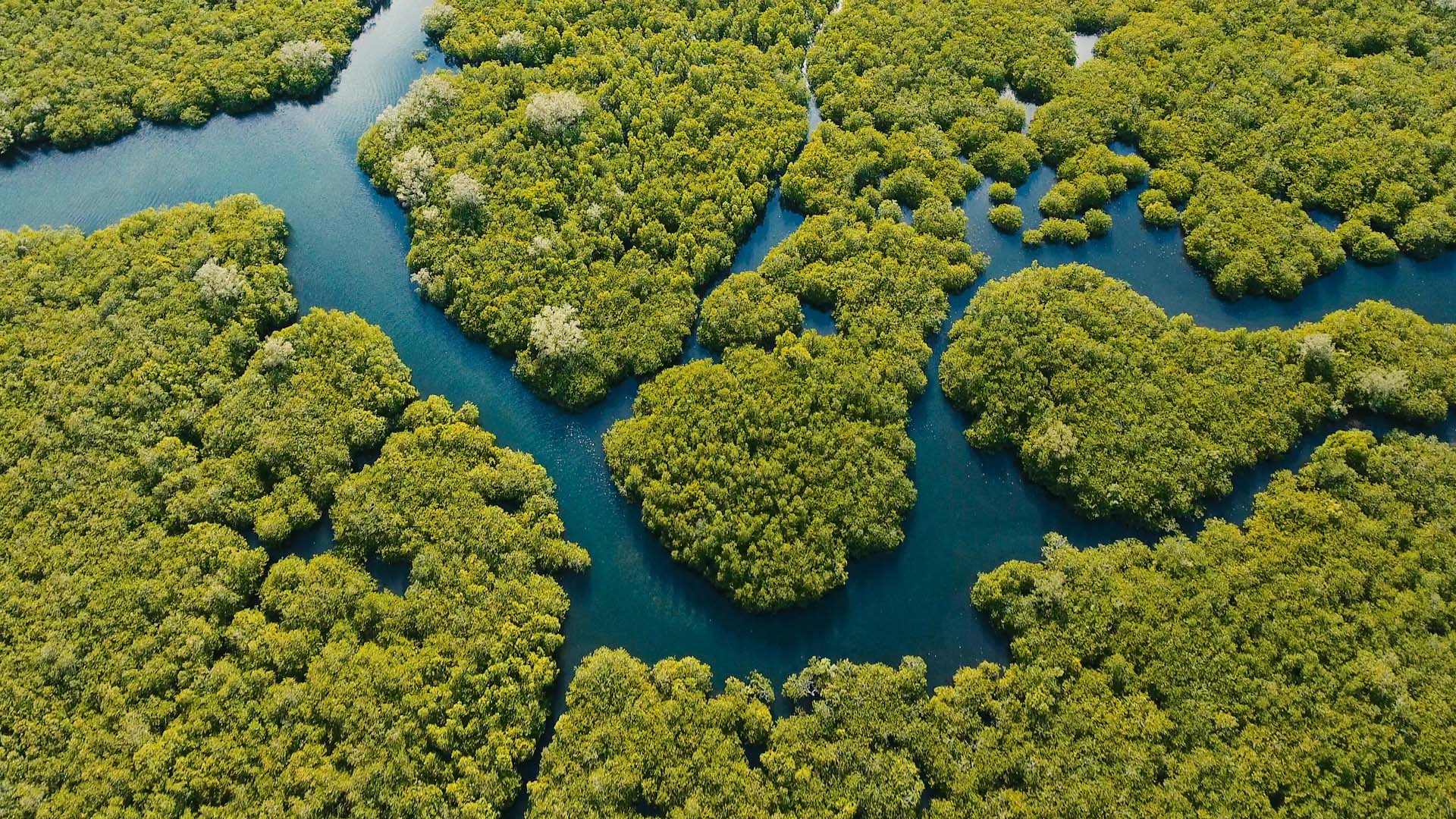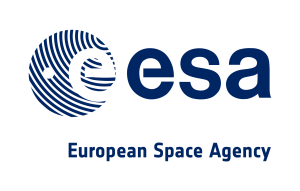DHI GRAS looking for a new Space Data Engineer
04 JANUARY 2021
Application Deadline:
31 January 2021
Expected start date::
ASAP
Country:
Denmark
City:
Hørsholm
Job type:
Software development and IT
Working hours:
Full-time
Contact person:
Jonas Blüthgen Sølvsteen
josl@dhigroup.com
Are you passionate about developing software to make data flow efficiently and reliably using newest technologies? Do you want to join us turning terabytes of satellite imagery into information through advanced and performance-optimized algorithms - daily?
At DHI GRAS, we connect Earth observations from space with people. We know satellites and how to refine and combine their data to bring out insights about environment, water, renewable energy, urban development and many more areas of our physical environment to the public and clients all over the world.
We are a young and international bunch of remote sensing experts, data scientists, software developers and project leaders, many with science background and all with curiosity to learn and make use of the ever-growing capabilities of satellites and newest technologies. We have 20 years of experience in our field and have been expanding rapidly in recent years.
With around 25 employees, DHI GRAS is at the same time a small and agile company and a global enterprise: We are the space-specialist daughter company of the larger and renowned engineering company DHI, that has offices all around the world. We are located at the group’s headquarters in Hørsholm and work closely together with our colleagues in Denmark and abroad to share knowledge, experience, and supporting functions.
See our projects to get a sense of what we do: www.dhi-gras.com/projects.
Responsibilities and challenges
The main responsibilities and challenges in the job are:
- Join a small and dedicated team of five (and counting) frontend and backend developers
- Develop and deploy data flow automation software to the cloud, while growing your knowledge and our capabilities
- Collaborate closely with our remote sensing analysts to put their algorithms on compute-steroids
- Design, deploy, and monitor data streams and APIs turning imagery into insight
- Write clean and reusable code and strive for best practice and dev-friendliness
- Build on and contribute to open source software and social codings
- Take responsibility for our tech stack and a decisive role in shaping it
- Keep progressing and learning through knowledge exchange and sparring across the global company
- Experienced or bright early-career
- Experienced in working with performant data processing
- Proficient in software development in Python (including Git/GitHub)
- Tech-affine with a sense for strengths and weaknesses of software and systems
- Unix-savvy, maybe used to Docker, too
- Not averse to some ETL work and creative to automate it away
- Used to relational databases like Postgres
- Acquainted with deploying services in clouds like Azure, AWS, or GCP
- Curious, self-driven, and a fast learner
- Good at communicating and proficient in English
- Experience with geospatial data, in particular raster data (maybe you know of GeoTIFF)
- Understanding of data flow automation and orchestration software like Airflow, Prefect, Dask, Luigi, Celery
- Acquaintance with Kubernetes and solid experience with Docker
- Experience with distributed compute like Spark or Hadoop
- Experience with CI/CD
- Understanding of infrastructure and orchestration, e.g. with Terraform, Ansible, Puppet, Chef
- Flair for light-weight deployment, dev-friendliness, low-maintenance
- A versatile and challenging job with focus on developing and expanding your skills and growing together
- A social and fun international working environment with innovative and dedicated colleagues, on Slack and in person
- Experience to learn from in cloud-scale data processing, still a very open tech stack
- Data you can relate to: beautiful maps of our physical environment
- Work on projects that have an immediate positive impact on environment and people and get great exposure internationally (ESA, public agencies, UN, NGOs, renewable energy industry, agriculture, …)
- Close interaction with our satellite data experts, developers, and project owners
- Strong culture for feedback and recognition for your work
- Nice office space and equipment in DHI’s newly built headquarters in green surroundings in Hørsholm
- Delicious lunch prepared by our own kitchen, fruit, coffee and tea
- Fun and varied company events like Friday bars, seasonal parties and outings (once Covid-safety allows)
- A healthy work environment with room for family and social life
- Remote work flexibility
Hørsholm, Denmark - 25 km north of Copenhagen.
Application / next step
Submit your application including CV by clicking the button below. Please tell us about your skills and about what motivates you to seek this position.
Deadline for application is 31 January 2021.
For further information please explore our website www.dhi-gras.com or contact the Head of Software and Technology - Jonas Sølvsteen at josl@dhigroup.com or + 45 4516 9479.




